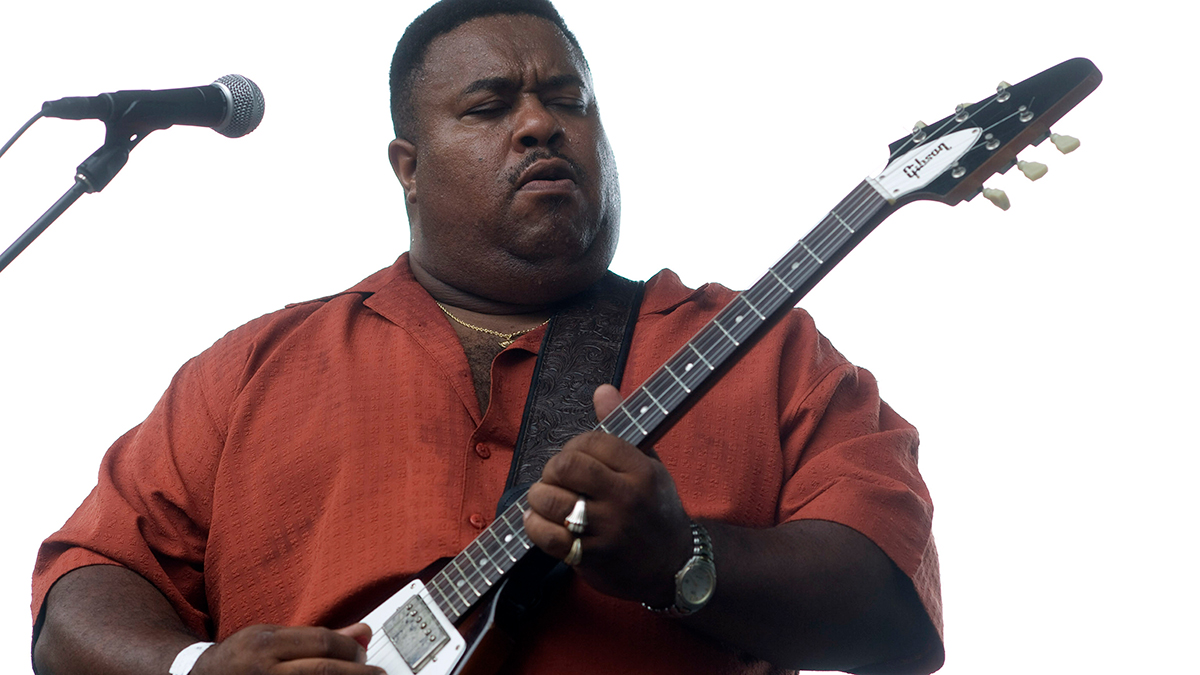“I understand how it may be perceived as our answer to the Stratocaster, but that’s not my intention with this guitar”: How PRS made the SE NF3 – and what makes it different from the Silver Sky
We catch up with PRS Guitars’ COO, Jack Higginbotham, to get the lowdown on the company’s hotly hyped new budget bolt-on – and whether a USA model is on the cards…
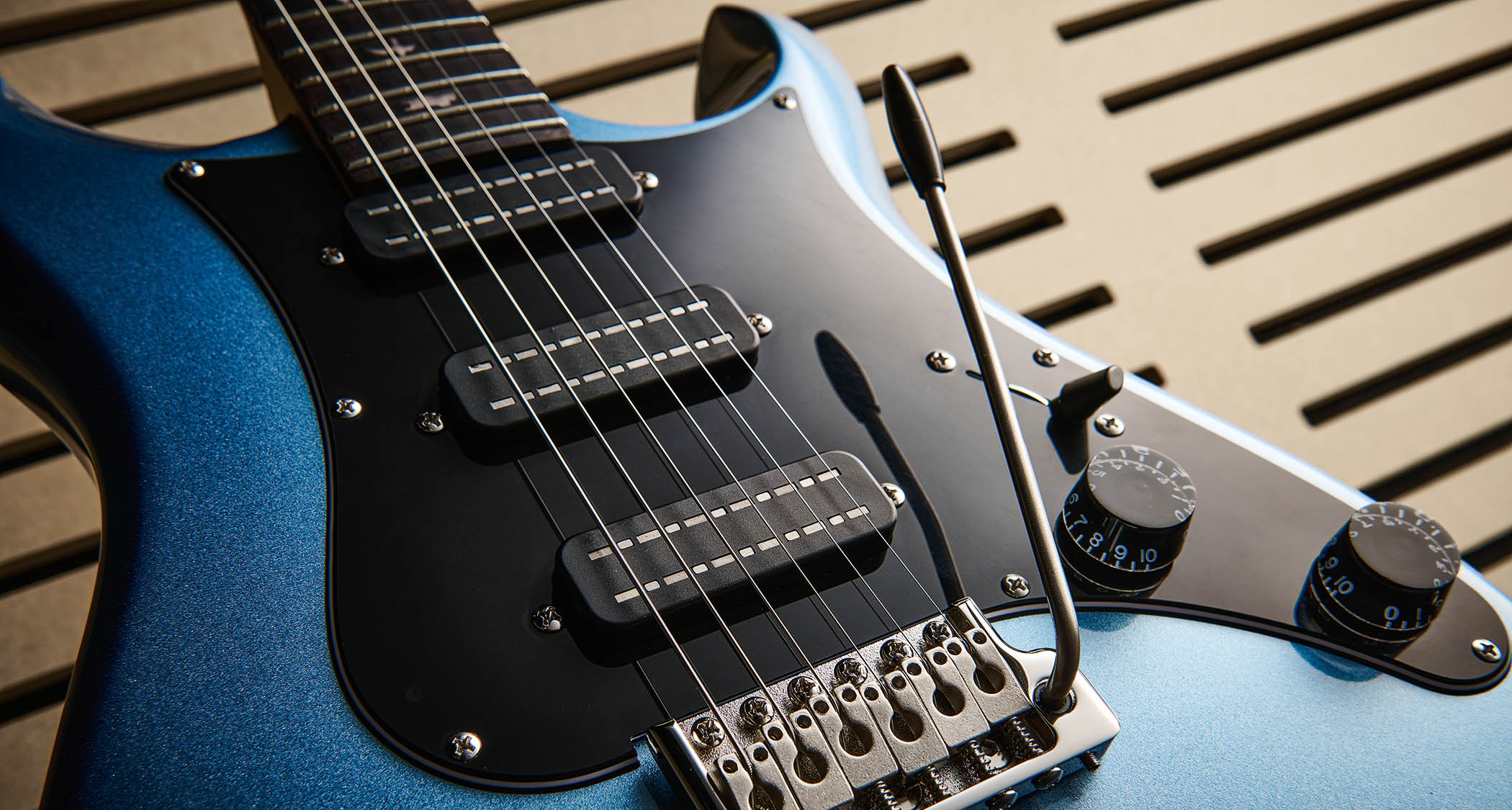
We can’t lie. The PRS SE NF3 blew us away with its novel take on the S-style and a tip-top bolt-on build that with a few choice modifications could see it rival the brand’s USA models.
From its hum-cancelling DD ‘S’ Narrowfield pickups blurring the line between single coil and humbucker, to its superb vibrato and playability it was hard to fault.
But how did all this come together – and what makes it different to that other high-profile S-style in the PRS catalog, the Silver Sky, John Mayer’s signature guitar? We caught up with PRS COO Jack Higginbotham to find out more.
Looking at the NF3, us old-timers might be reminded of that original 1990 EG. What was your involvement in that EG design and did you have that in mind when developing the SE NF3?
“Good eye and good memory! The original EG was my first ‘project management’ job at PRS after having run the woodshop for a couple of years. I put together a small crew and managed the woodshop, finish and assembly at night. That was also the first night-shift at PRS, so we learned a lot on many fronts.
“That being the case, that [EG] guitar has always had a special place in my heart and there are a few folks here that share the attraction to the spirit of that instrument.”
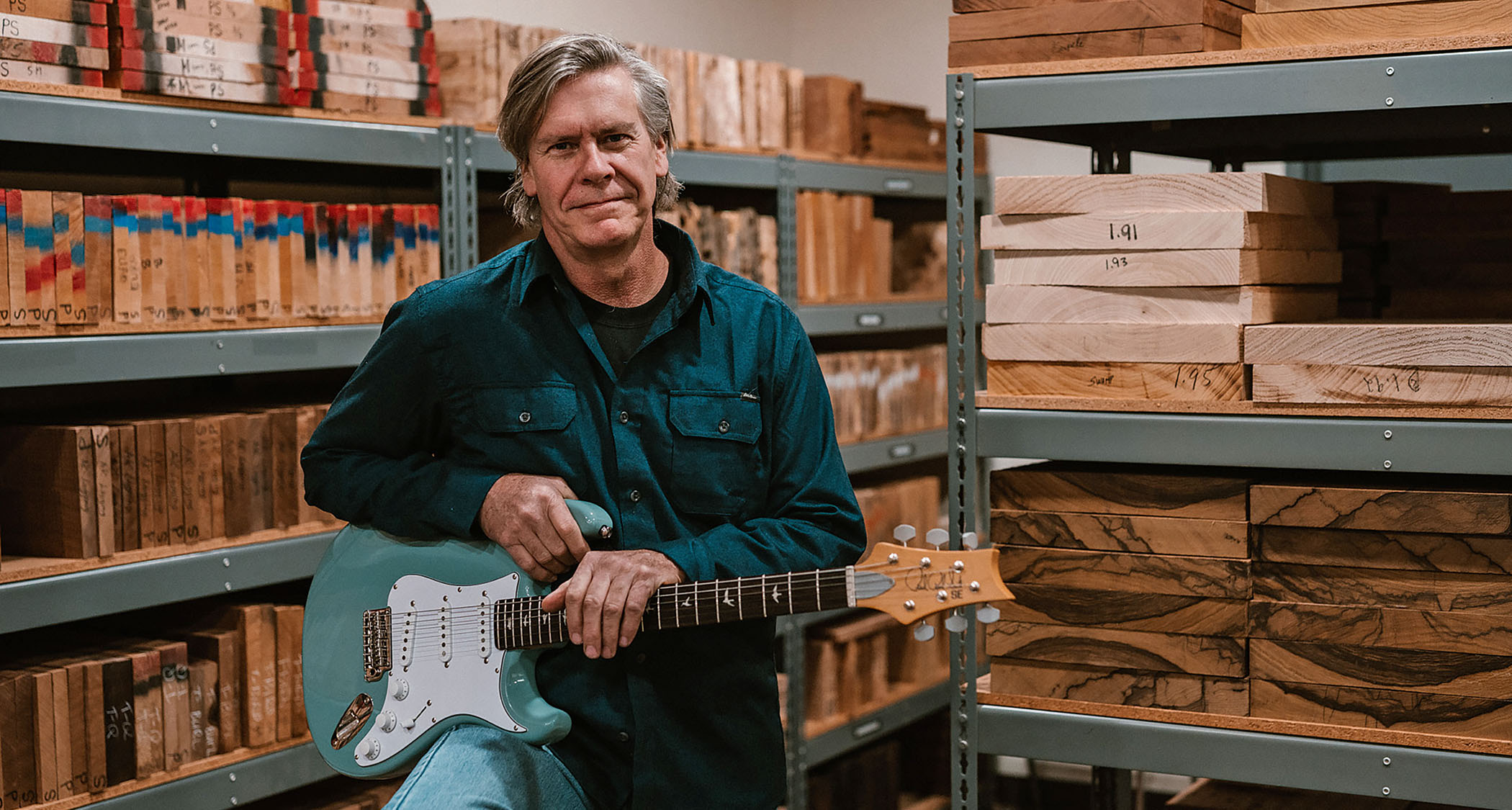
“The new NF3 was actually originally going to go down the EG road. We were working on single coils, building on what we learned with the SE Silver Sky, but at the same time we were deep in developing the Narrowfield pickups for the NF 53.
All the latest guitar news, interviews, lessons, reviews, deals and more, direct to your inbox!
“Paul [Reed Smith] was in my office, saw the prototype and made a comment about putting NF pickups in it. That made complete sense to me and the team because the Narrowfields offer a similar tone, with the benefits of ‘no hum’ sound while carrying more PRS DNA. So then we changed directions.”
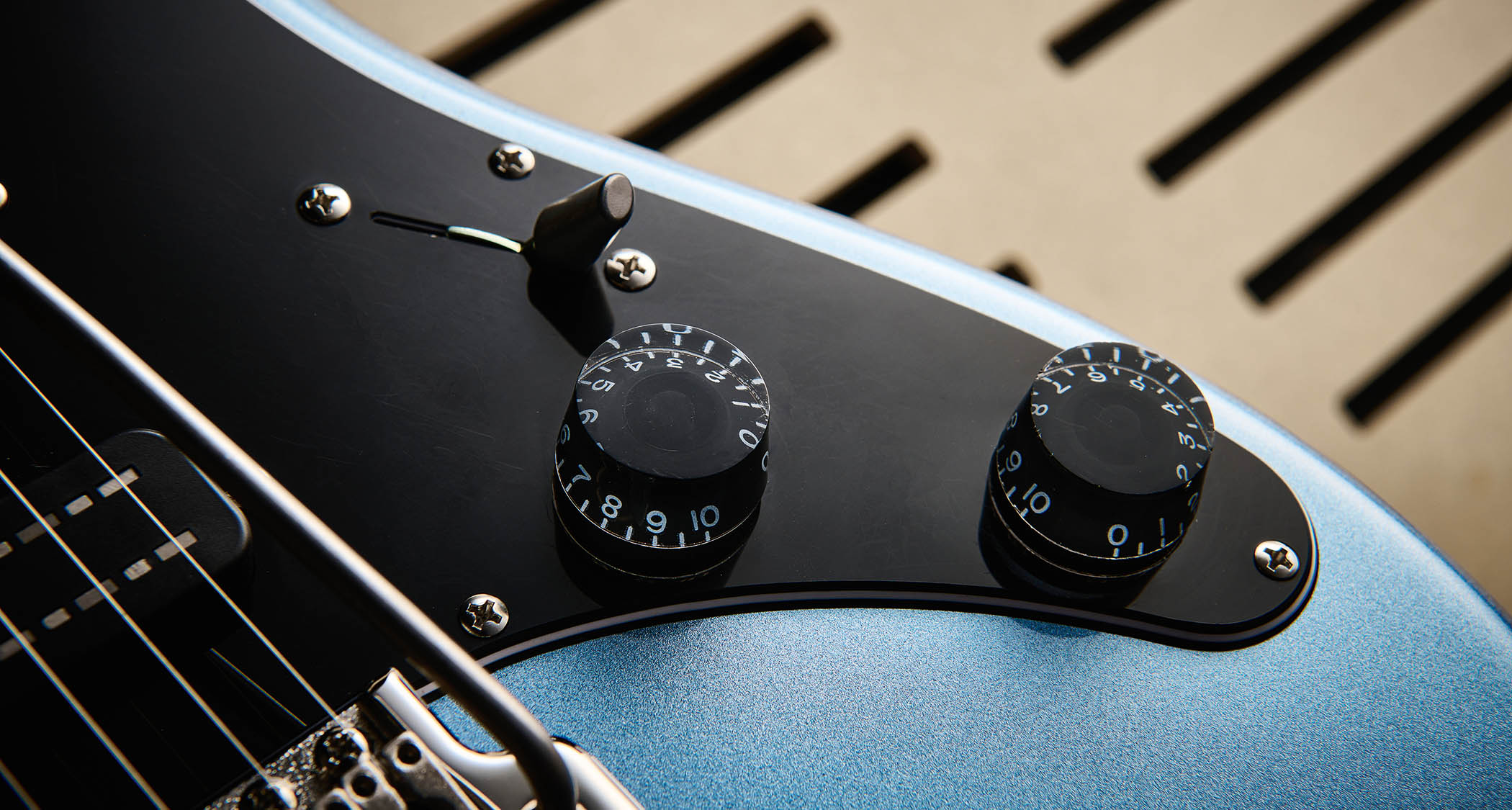
Would you agree that the Silver Sky was John Mayer’s design and the SE NF3 is PRS’s own take on the Strat-style guitar?
“I would say that the Silver Sky would not have happened without John and some very key elements of the guitar are all him. Reversing the headstock, resizing the bird inlays, dialling in the exact sound he wanted, getting the neck to feel just right for him. But the execution of the guitar was all PRS: figuring out exactly how to get at what John wanted in a way that maximised the essence of the guitar.
“The NF3, to me, is not our take on an S-style: it is its own thing. If you recall, when the original NF3 was released, the DC3 was introduced at the same time. The DC3 was much more of a S-style guitar. I understand how it may be perceived by the market as being our answer to the Stratocaster, but that’s not my intention with this guitar.”
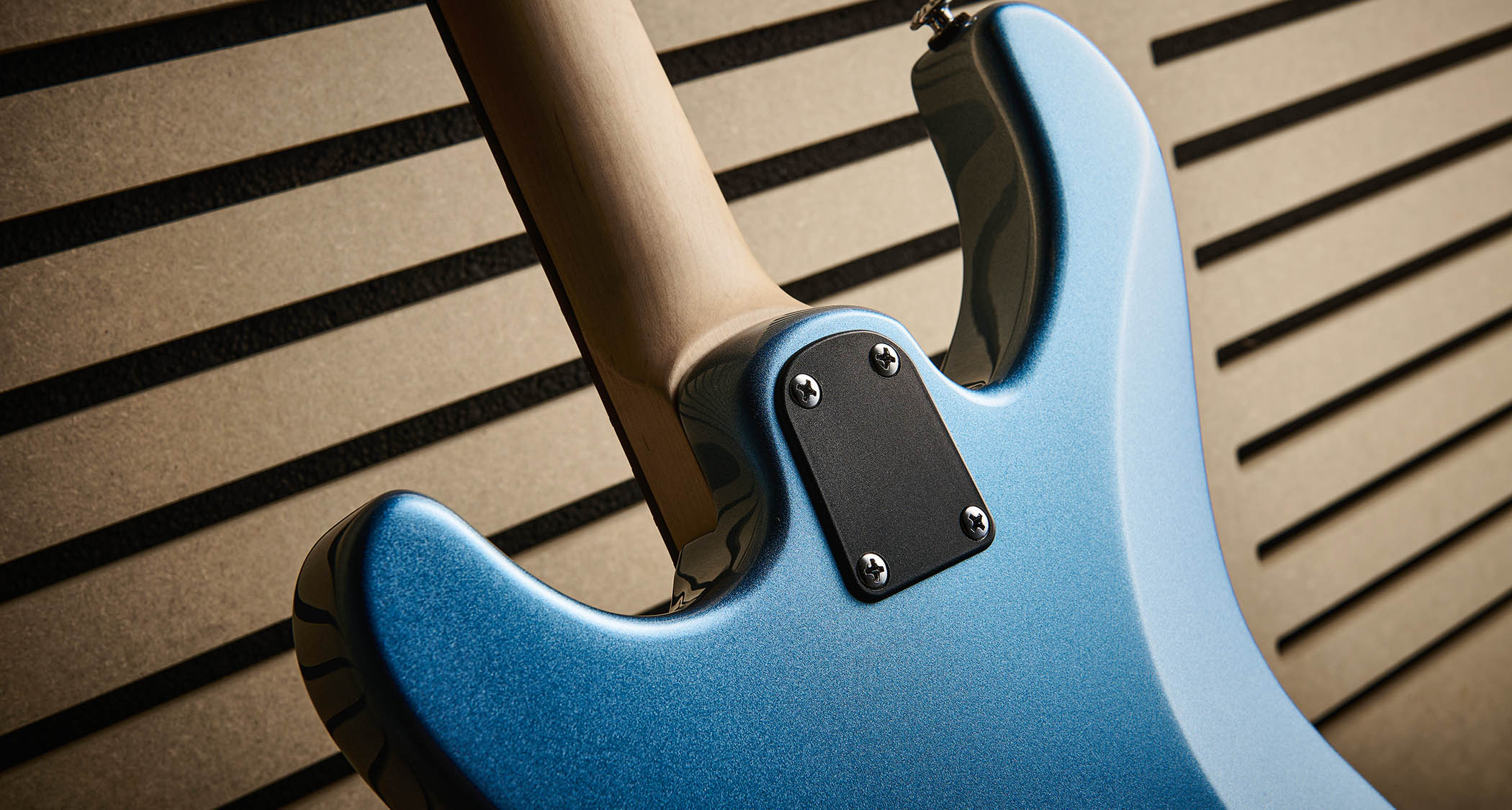
The pickups here seem modeled on those on the NF 53. It must have been a lengthy and costly job to replicate those. How close would you say these are to the USA pickups?
“Very close in concept, very different in execution. Again, building on how we did the Silver Sky pickup and then the SE Silver Sky, we borrowed from our research and testing and came up with an ‘SE way’ to achieve great results using more available and affordable parts.
“[Director of New Products Engineering] Rob Carhart and [senior project engineer] Jon Wasserman also took the opportunity to redesign the moulds for easier assembly. The end result is shockingly close, but how we got there was different.”
We borrowed from our research and testing and came up with an ‘SE way’ to achieve great results using more available and affordable parts
What is the actual purpose of the extra steel slugs, and why go for this layout rather than the more standard slugs of the original (and still current) Narrowfield?
“Well, those middle slugs are all about Paul’s foray into TCI. It is very similar to how we are achieving the results in the NF 53, pretty much the same methodology.”
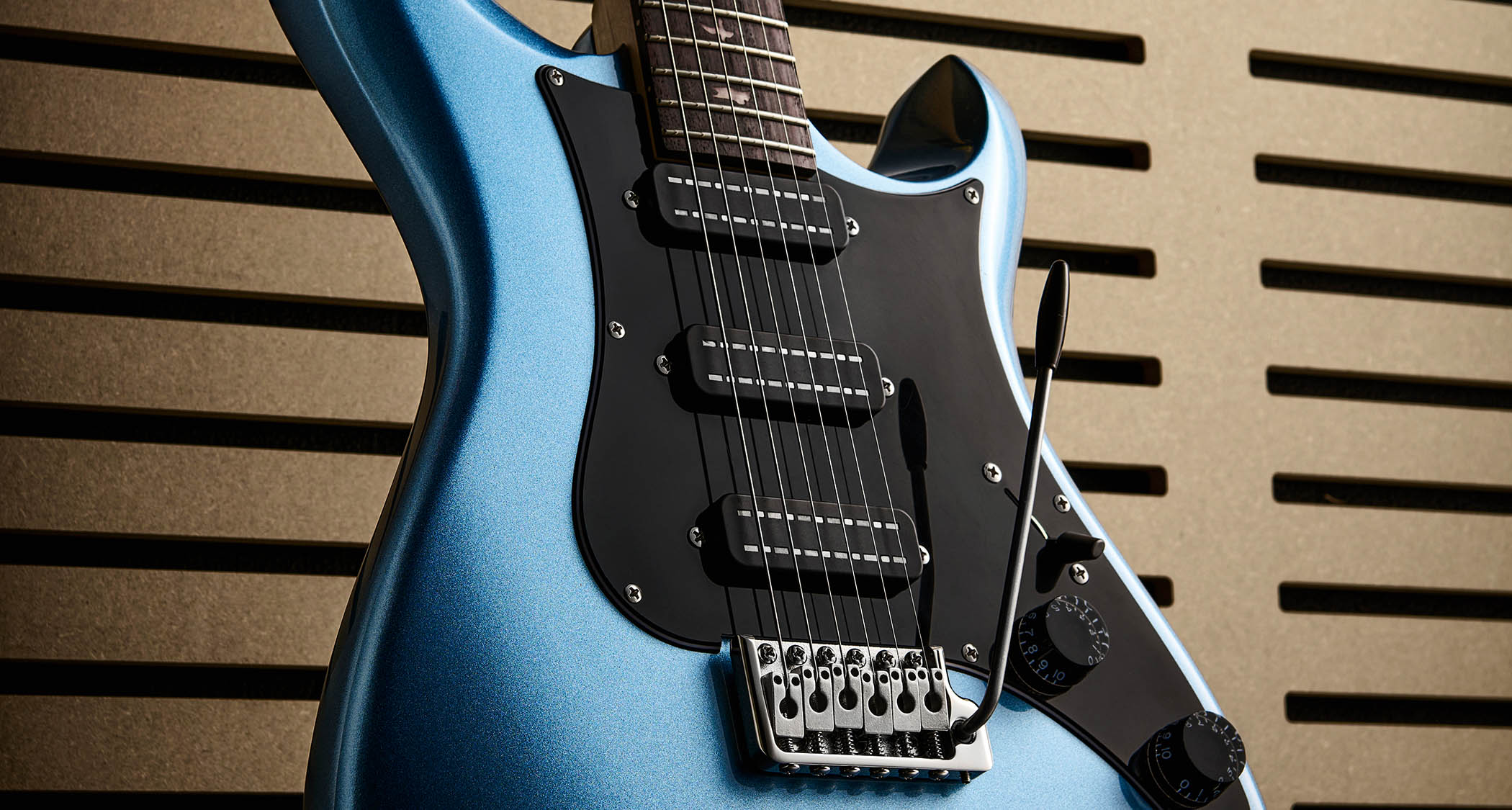
Were you not tempted to add this guitar to the USA Bolt-On line-up? And are there any plans to do so?
“That’s a great question with a murky answer! I think at the very beginning of this, we’d thought of this guitar being in our Bolt-On category, but as it morphed to an EG platform, which was something I was enthusiastic about and had a lot of passion around, it shifted to SE.
“Also, the beginning of this development was around the launch of the SE Silver Sky, so we had just worked out a lot of processes with bolt-on guitars at PT Cort [PRS’s manufacturing partner in Indonesia] so that made sense. Ultimately, it made great sense to make this an SE guitar and, as of now, there is no plan to bring it into the USA line-up.”

Dave Burrluck is one of the world’s most experienced guitar journalists, who started writing back in the '80s for International Musician and Recording World, co-founded The Guitar Magazine and has been the Gear Reviews Editor of Guitarist magazine for the past two decades. Along the way, Dave has been the sole author of The PRS Guitar Book and The Player's Guide to Guitar Maintenance as well as contributing to numerous other books on the electric guitar. Dave is an active gigging and recording musician and still finds time to make, repair and mod guitars, not least for Guitarist’s The Mod Squad.
